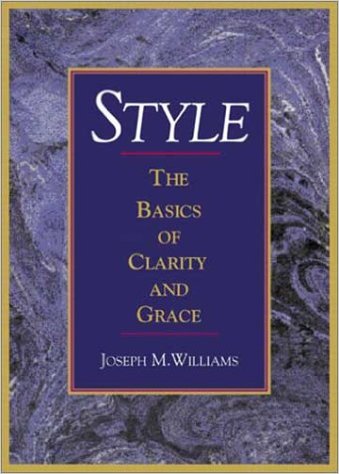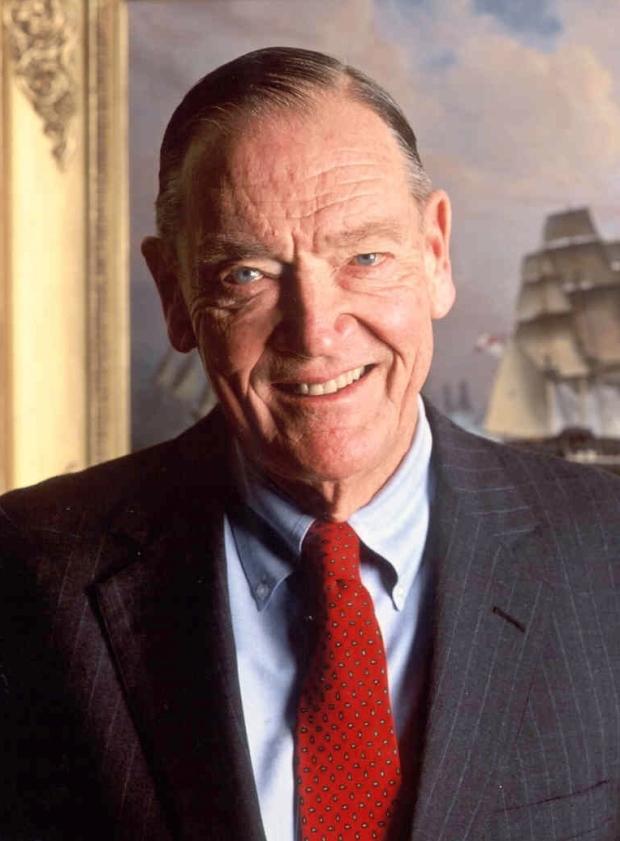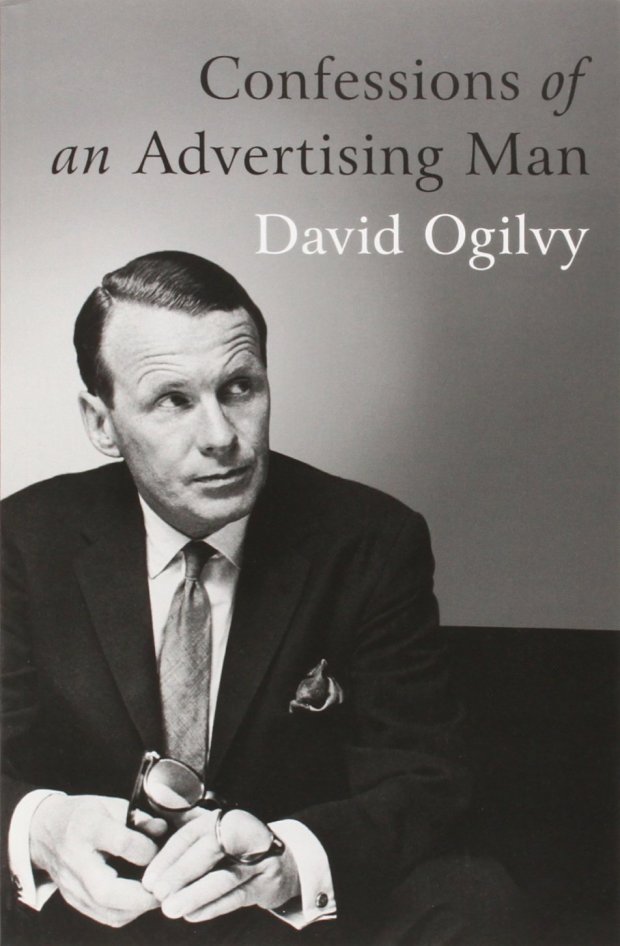I recently finished reading the Pulitzer Prize winning, Lords of Finance – The Bankers Who Broke The World by Liaquat Ahamed. This book aim, as best described by the author is: “The collapse of the world economy from 1929 to 1933—now justly called the Great Depression—was the seminal economic event of the twentieth century. No country escaped its clutches; for more than ten years the malaise that it brought in its wake hung over the world, poisoning every aspect of social and material life and crippling the future of a whole generation. From it flowed the turmoil of Europe in the “low dishonest decade” of the 1930s, the rise of Hitler and Nazism, and the eventual slide of much of the globe into a Second World War even more terrible than the First. The story of the descent from the roaring boom of the twenties into the Great Depression can be told in many different ways. In this book, I have chosen to tell it by looking over the shoulders of the men in charge of the four principal central banks of the world: the Bank of England, the Federal Reserve System, the Reichsbank, and the Banque de France…Governments then believed matters of finance were best left to bankers; and so the task of restoring the world’s finances fell into the hands of the central banks of the four major surviving powers: Britain, France, Germany, and the United States. ”
Below are key insights from the book that I wish to share:
On Central Banks:
To understand the role of central bankers during the Great Depression, it is first necessary to understand what a central bank is and a little about low it operates. Central banks are mysterious institutions, the full details of their inner workings so arcane that very few outsiders, even economists. fully understand them. Boiled down to its essentials, a central bank is a bank that has been granted a monopoly over the issuance of currency. This power gives it the ability to regulate the price of credit—interest rates—and hence to determine how much money flows through the economy. Despite their role as national institutions determining credit policy for their entire countries, in 1914 most central banks were still privately owned.
On the start of WW1:
As the lights started to go out over Europe that fateful first week of August, every banker and finance minister seemed to be fixated not on military preparations or the movements of armies but on the size and durability of his gold reserves. The obsession was almost medieval. This was, after all, 1914, not 1814. Paper money had been in wide use for more than two centuries, and merchants and traders had developed highly sophisticated systems of credit. The idea that the scope of the war might be limited by the amount of gold on hand seems anachronistic. Nevertheless, here was the London magazine United Empire declaring that it was “the amounts of coin and bullion in the hands of the Continental Great Powders at the outbreak of hostilities” that would largely determine “the intensity and probable duration of the war.”
On the effect of the war on the US:
More important, the war had irrevocably changed the economic and financial position of the United States in relation to the rest of the world. The Fed, which barely existed in 1914, now sat on the largest reservoir of gold bullion in the world, making it potentially the dominant player if and when the international gold standard was restored.
On the impact of reparations on Germany:
Behind all the divisions that were to wreck Germany for the next few years, the one single factor that united every class and every political party—democrats and royalists, liberals and Socialists, Catholics and Protestants, northerners and southerners, Prussians, Bavarians, Saxons, and Hessians—was the injustice of the peace treaty, or as it was called the Diktat. And of all the various penalties heaped on Germany by the treaty – disarmament, dismemberment, occupation, and reparations—it was reparations that would become the single most consuming obsession of German foreign policy.
On the US monetary policy and Keynes:
The hidden irony was that every one of Keynes’s main recommendations—that the link between gold balances and the creation of credit be severed, that the automatic mechanism of the gold standard be replaced with a system of managed money, that credit policy be geared toward domestic price stability—corresponded precisely to the policies Strong had instituted in the United States.
On the expanding role of the Central Banks:
This new set of principles, somewhat cobbled together on the fly, represented a quiet, indeed carefully unheralded, revolution in monetary policy. Until then central bankers had seen their primary task as protecting the currency and confined their responsibilities to ensuring that the gold standard was given free rein, only stepping in at times of crisis or panic. The credit policy of every industrial country had been driven by one factor alone: gold reserves. The United States was, however, now so flush with gold that the solidity of its currency was assured. Led by Strong, the Fed had undertaken a totally new responsibility—that of promoting internal economic stability.
On Churchill and the return to gold standard:
Though Churchill remained chancellor until 1929, by 1927 he had come to realize that the return to gold at the old prewar exchange rate had been a misjudgment. But by then there was little he could do about it except fulminate in private about the evil effects of the gold standard. In later life, he would claim that it was “the biggest blunder in his life.” He blamed it on the bad advice he had received.
On the opposable forces facing Central Banks:
The men in charge of central banks seem to face a similar unfortunate fate—although not for eternity—of watching their successes dissolve in failure. Their goal is a strong economy and stable prices. This is, however, the very environment that breeds the sort of over-optimism and speculation that eventually ends up destabilizing the economy. In the United States during the second half of the 1920s, the destabilizing force was to be the soaring stock market. In Germany it was to be foreign borrowing.
On the blame attributed to the US and France regarding their “hoarding of gold”:
The Sunday Chronicle of September 20 carried a profile of Montagu Norman by Winston Churchill, as part of a commissioned series on contemporary figures. Since leaving office in June 1929, Churchill had quarreled with his Conservative colleagues over Indian self-rule and, now isolated and out of favor, felt free to express his disillusionment with the gold standard orthodoxy openly. The problem was not so much the standard itself, he argued, but the way it had been allowed to operate. It was the hoarding of gold by the United States and France and the resulting shortage in the rest of the world that had brought on the Depression. He had begun to sound almost like Keynes—in a speech to Parliament the week before he had described how gold “is dug up out of a hole in Africa and put down in another hole that is even more inaccessible in Europe and America.”
On the steps taken by the US Government to alleviate the great depression:
In February 1932, he pressed Congress to pass legislation that would make government securities an eligible asset to back currency. At the stroke of a pen the gold shortage was lifted, allowing the Fed to embark on a massive program of open market operations, injecting a total of $1 billion of cash into banks. The two new measures combined—the infusion of additional capital into the banking system and the injection of reserves allowed the Fed finally to pump money into the system on the scale required. But Meyer had left it too late. A similar measure in late 1930 or in 1931 might have changed the course of history. In 1932 it was like pushing n a string. Banks, shaken by the previous two years, instead of lending It the money used the capital so injected to build up their own reserves. Total bank credit kept shrinking at a rate of 20 percent a year…By Thursday, March 9, the Emergency Banking Act was ready to be submitted to Congress. Most of it was based on the original Mills proposal. Banks in the country were to be gradually reopened, starting with those known to be sound, and progressively moving to the shakier institutions, which would need government support. A whole class of insolvent banks would never be permitted to reopen. The bill also granted the Fee the right to issue additional currency backed not by gold but by bank assets. And it gave the federal government the authority to direct the Fed to provide support to banks. The legislation was supplemented by a commitment from the Treasury to the Fed that the government would indemnify it for any losses incurred in bailing out the banking system. This unprecedented package finally forced the Fed to fulfill its role as lender of last resort to the banking system. But to achieve this, the government was in effect providing an implicit blanket guarantee of the deposits of every bank allowed to reopen.
On the US coming off of the Gold standard:
Roosevelt’s decision to take the dollar off gold rocked the financial world. But in the days after the Roosevelt decision, as the dollar fell against gold, the stock market soared by 15 percent. Financial markets gave the move an overwhelming vote of confidence. Even the Morgan bankers. historically among the most staunch defenders of the gold standard, could not resist cheering. “Your action in going off gold saved the country from complete collapse,” wrote Russell Leffingwell to the president.
On the IMF:
Much of the negotiating had been done prior to the conference between the Americans and the British. At Bretton Woods, the biggest controversy was over how much money each country would be eligible to borrow from what was now being called the International Monetary Fund. The Russians, who were there in strength though very few of them spoke English, demanded that the borrowing rights reflect not simply economic power but also military strength, and insisted on equality with the British; India wanted to be on a par with China; the Bolivians wanted parity with the Chileans and the Chileans with the Cubans. The United States, as the find’s prime financier, set these quotas in a series of backroom deals orchestrated by White. On July 22, the conference came to its formal close with a great banquet. Keynes gave a final address. He reminding the participants of the economic chaos that had afflicted the world for almost a generation and paid tribute to the spirit of cooperation that had informed the discussions: “If we can so continue, this nightmare, in which most of us present have spent too much of our lives, will be over. The brotherhood of man will have become more than a phrase.” As he left the room, the delegates sang “For He’s Jolly Good Fellow.”
On a Concluding Note:
For many years people believed—even today many continue to do so—that an economic cataclysm of the magnitude of the Great Depression could only have been the result of mysterious and inexorable tectonic forces that governments were somehow powerless to resist…To the contrary, in this book I maintain that the Great Depression was not some act of God or the result of some deep-rooted contradictions of capitalism but the direct result of a series of misjudgments by economic policy makers, some made back in the 1920s, others after the first crises set in—by any measure the most dramatic sequence of collective blunders ever made by financial officials. Who then was to blame? The first culprits were the politicians who presided over the Paris Peace Conference. They burdened a world economy still trying to recover from the effects of war with a gigantic overhang of international debts…The second group to blame were the leading central bankers of the era in particular the four principal characters of this book, Montagu Norman, Benjamin Strong, Hjalmar Schacht, and Emile Moreau. Even though they, especially Schacht and Norman, spent much of the decade struggling to mitigate some of the worst political blunders behind reparations and war debts, more than anyone else they were responsible for the second fundamental error of economic policy in the 1920s: the decision to take the world back onto the gold standard…More than anything else, therefore, the Great Depression was caused by a failure of intellectual will, a lack of understanding about how the economy operated. No one struggled harder in the lead-up to the Great Depression and during it to make sense of the forces at work than Maynard Keynes. He believed that if only we could eliminate “muddled” thinking—one of his favorite expressions—in economic matters, then society could allow the management of its material welfare to take a backseat to what he thought were the central questions of existence, to the “problems of life and of human relations, of creation, behavior and religion.” That is what he meant when in a speech toward the end of his life he declared that economists are the “trustees, not of civilization, but of the possibility of civilization.” There is no greater testament of his legacy to that trusteeship than that in the sixty-odd years since he spoke those words, armed with his insights, the world has avoided an economic catastrophe such as overtook it in the years from 1929-33.
A must read for anyone seeking to gain a deeper understanding of the global financial system.









